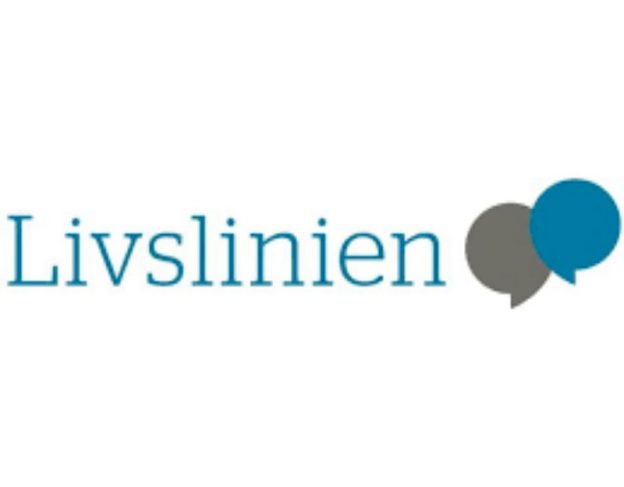It is estimated that between 50-60% of the people who call helplines for suicide prevention are in an acute crisis, and up to 56% have had a previous suicide attempt. It is therefore important to answer these calls.
The counselors of the Danish telephone helpline for suicide prevention, “Livslinien,” answer more than 14,000 calls per year. However, many calls still go unanswered. DRISP is collaborating with the Danish telephone helpline in an ongoing research project to investigate how many calls are answered and at what times of day the peaks.
In a first research project, the number of calls and characteristics of the people who called Livslinien were investigated. Data on all answered calls in the period 2018-2019 were analyzed. The data material consisted of records that counselors make after each counseling session and included socio-demographic information as well as an assessment of the person’s suicide risk.
Ove a 2-year period, a total of 42,393 calls were answered. In more than half of all calls, the person seeking counseling was evaluated to be at risk of suicide – and in 37% of all calls, the person was considered to be at high risk of suicide.
The study also showed that women, younger people, those with a history of previous suicide attempts, and those who reported problems related to self-harm, mental illness, sexual abuse, substance abuse, and physical health problems were more likely to be considered at risk of suicide, as evaluated by counselors.
The results of the study highlight the importance of helplines for suicide prevention and the need to ensure that these are adequately staffed in order to meet the demand.
You can read the study here: https://www.tandfonline.com/doi/abs/10.1080/13811118.2022.2084005
The project has received funding from the Suicide Prevention Partnership, the Danish Health Authority.
DRISP: Annette Erlangsen
Partners:
- Livslinien

